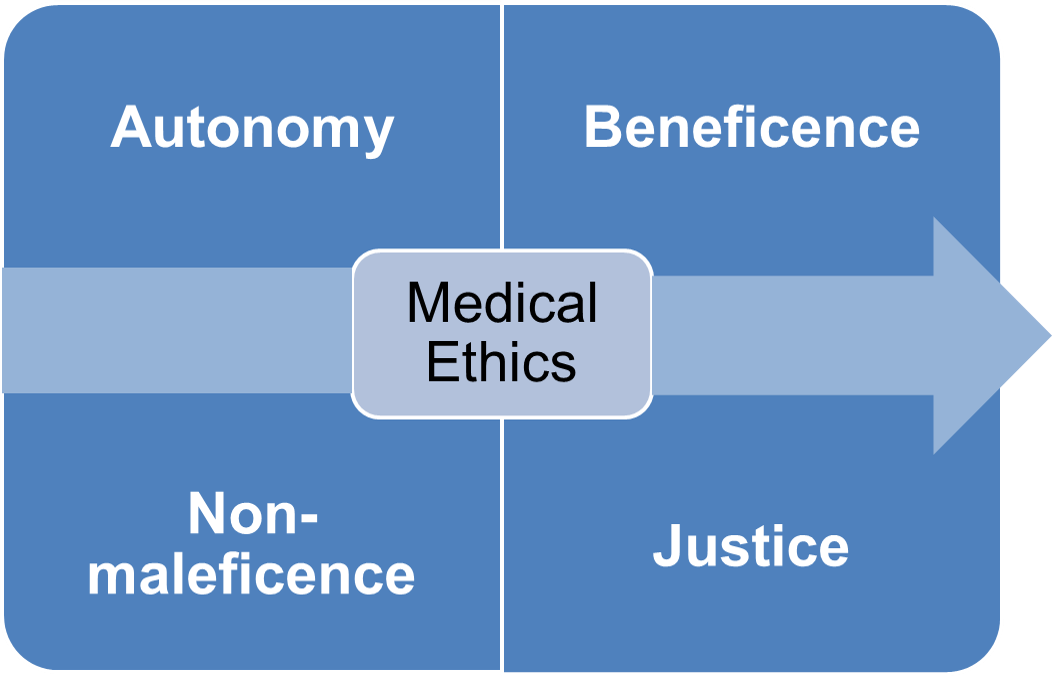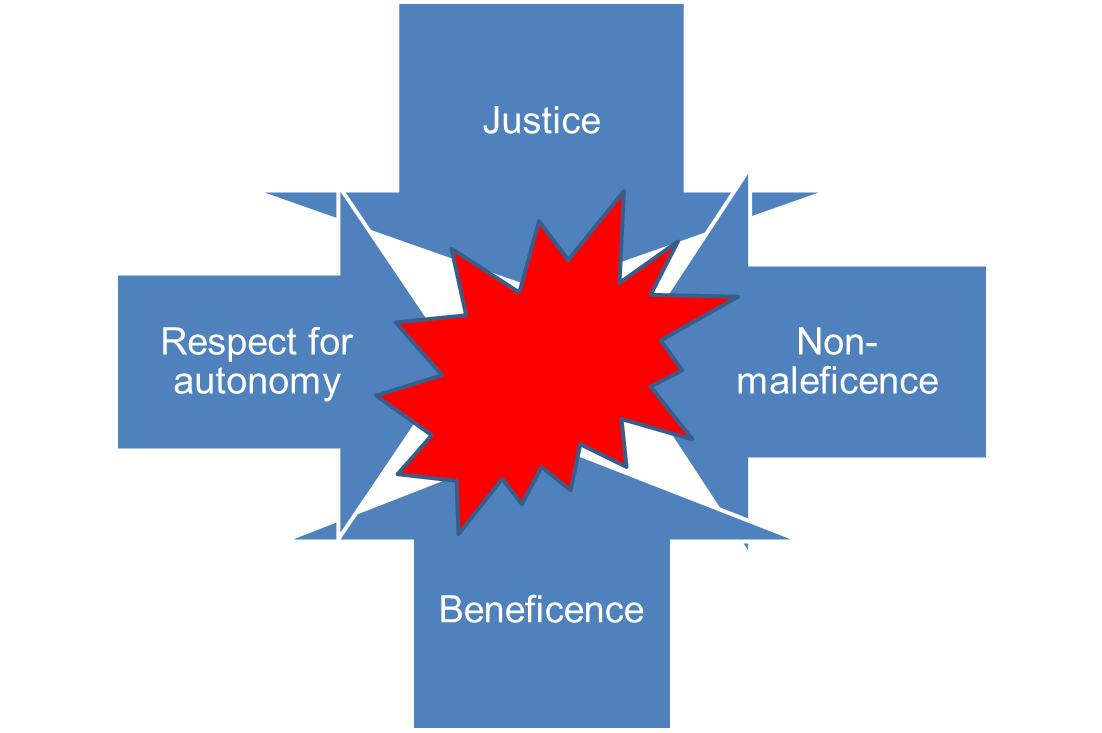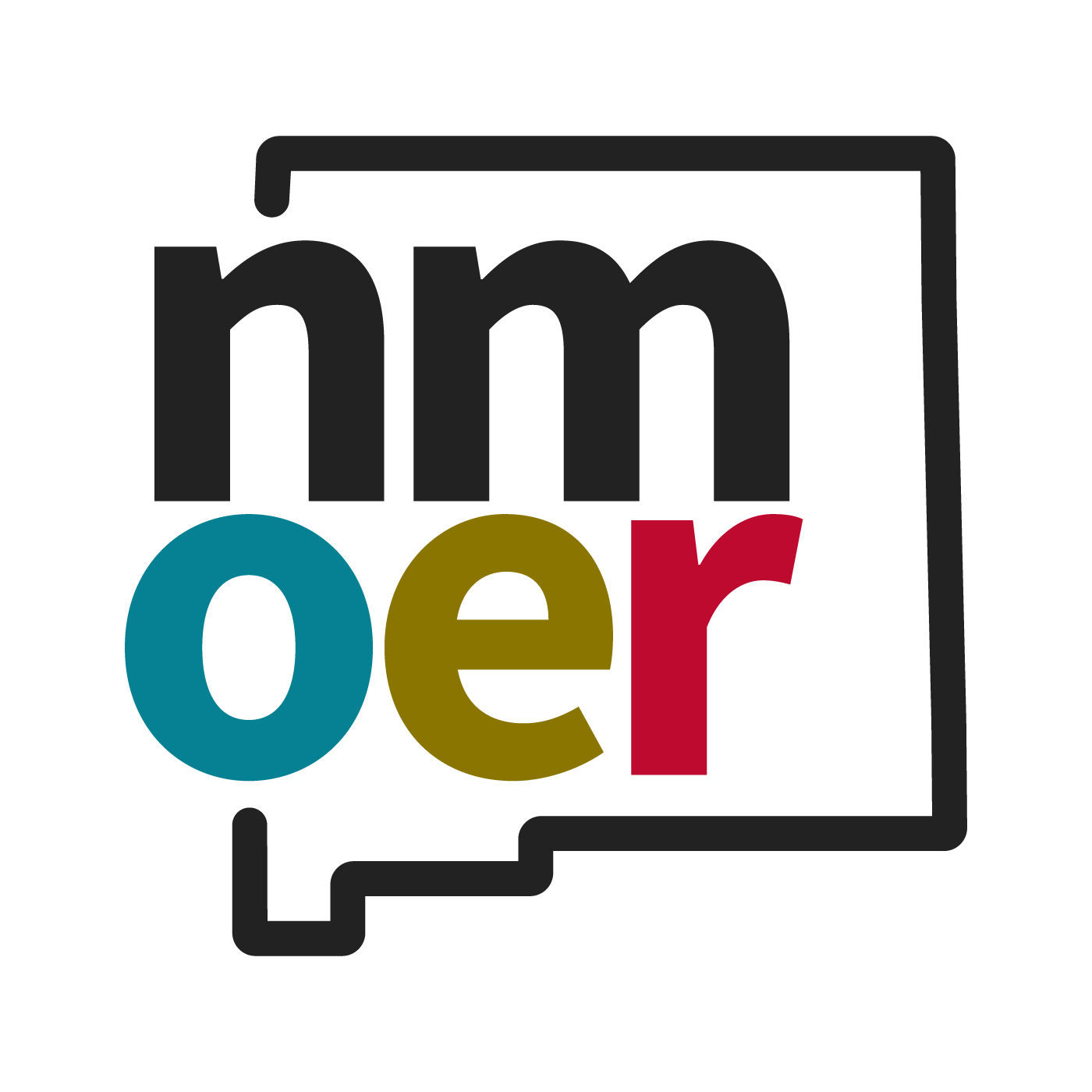Chapter 1: Ethics and Professionalism in Healthcare
Introduction
Understanding ethics and professionalism is critical to working effectively in healthcare environments. This chapter introduces the foundational principles of medical ethics and the standards of professionalism expected of healthcare workers. These concepts guide decisions, influence behavior, and shape patient care across all healthcare roles.
Learning Objectives
After completing this chapter, you should be able to:
- Define the concepts of ethics and professionalism.
- Describe the four core principles of medical ethics.
- Explain how these principles apply in real-world healthcare settings.
- Recognize ethical dilemmas and identify tools for addressing them.
- Differentiate between professional obligations and aspirational goals.
Ethics and Professionalism: Key Concepts
Ethics is the study of right and wrong, and how individuals make moral decisions.
Professionalism refers to behavior that aligns with the standards of a given profession, including knowledge, skill, and ethical responsibility.
In healthcare, ethics and professionalism are deeply intertwined. Providers are expected to demonstrate ethical behavior while upholding professional standards in all aspects of care.
The Four Basic Principles of Medical Ethics
Many frameworks in medical ethics are based on four guiding principles:
- Respect for Autonomy – Patients have the right to make their own decisions.
- Beneficence – Healthcare actions should benefit the patient.
- Non-Maleficence – “Do no harm” is a central tenet.
- Justice – All individuals should be treated fairly and equitably.

Respect for Autonomy
Autonomy refers to self-governance. In healthcare, this means recognizing a patient’s right to make informed, voluntary decisions about their care. This principle forms the ethical foundation for informed consent.
Beneficence
Beneficence is the ethical obligation to act for the benefit of others. Healthcare professionals must aim to prevent and treat problems, improving both individual and public health outcomes.
Non-Maleficence
Non-maleficence emphasizes the duty to avoid causing harm. This includes both acts of commission (e.g., unnecessary procedures) and omission (e.g., failing to administer a needed treatment).

Justice
Justice refers to fairness in care delivery and resource distribution. It includes distributive justice, which addresses how to fairly allocate limited resources.
Scope of Ethical Action
Healthcare professionals must also consider the scope of their ethical responsibilities. Are they obligated to care for all individuals in their community? What about the rights of animals or the environment?
These questions don’t have easy answers, but professionals must engage with them thoughtfully.
Ethics in Practice
These ethical principles manifest in many common healthcare practices:
- Informed consent and confidentiality stem from respect for autonomy.
- Treatment planning incorporates beneficence and non-maleficence to maximize benefit and reduce risk.
- Research ethics and equity in care access are guided by justice.

Prima Facie Duties
Each ethical principle is considered a prima facie duty, meaning it should be followed unless it conflicts with another. For example, choosing between two patients when resources only allow one to be treated creates a dilemma involving beneficence, justice, and non-maleficence.
The four-principle framework provides guidance, but not definitive answers in complex cases.
Obligation vs. Aspiration
Ethical standards can be categorized as:
- Obligations: Minimum expectations (e.g., competent care, informed consent).
- Aspirations: Idealistic goals (e.g., global healthcare equity, curing all disease).
Ethics Committees
Most accredited hospitals have ethics committees to resolve dilemmas. These committees often include a diverse mix of:
- Healthcare professionals (doctors, nurses)
- Social workers and attorneys
- Religious leaders
- Community members
Codes of Ethics
Professional organizations often provide codes of ethics, such as those from:
- American Medical Association (AMA)
- American Health Information Management Association (AHIMA)
- International Council of Nurses
These codes may outline both obligatory behaviors and aspirational ideals.
The Hippocratic Oath
One of the earliest ethical frameworks, the Hippocratic Oath, continues to influence modern medical ethics. While some of its original content is outdated, the commitment to “do no harm” remains a guiding principle in healthcare education and practice.
Defining Professionalism
A profession is an occupation requiring specialized knowledge and training. In healthcare, professionalism means:
- Meeting established standards
- Maintaining ethical conduct
- Acting with honesty, integrity, and competence
Core Responsibilities of Medical Professionals
A charter developed by medical societies outlines ten professional commitments:
- Professional competence
- Honesty with patients
- Patient confidentiality
- Appropriate relationships with patients
- Improving quality of care
- Improving access to care
- Fair resource distribution
- Advancing scientific knowledge
- Managing conflicts of interest
- Upholding professional responsibilities
Summary
Healthcare professionals must act ethically and uphold professional standards. The core principles—respect for autonomy, beneficence, non-maleficence, and justice—provide a foundational framework, but dilemmas often require deeper reflection and collaboration.
Ethics committees, professional codes, and continuing education support providers in navigating complex situations with integrity and professionalism.
Adapted from Oregon Health & Science University, funded by the U.S. Department of Health and Human Services
Media Attributions
- 1.1Health
- Figure 1.2
- 1.3
